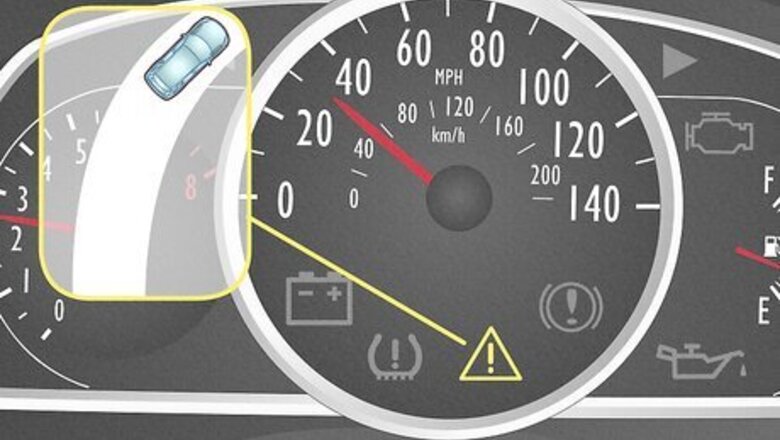
views
What does a triangle with an exclamation point mean in a Honda?
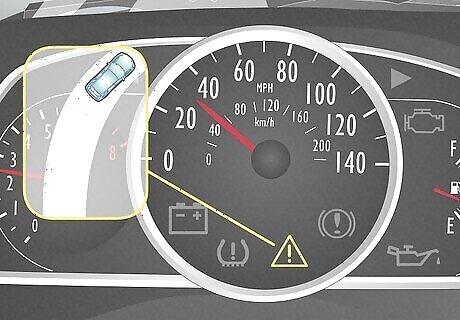
A triangle with an exclamation point is your Honda’s VSA Activation Indicator. If this warning light pops up on your car’s dashboard, it means that there’s something wrong with your Honda’s Vehicle Stability Assist (VSA®) system. Your system may have malfunctioned or been disabled for some reason. Driving with varying tire or wheel sizes can cause a VSA® malfunction. If you recently took your Honda to a mechanic, they may have disabled your VSA® and forgotten to turn it back on. The Honda VSA® system helps stabilize the vehicle during wide or sharp turns, and it also helps your car maintain traction when accelerating on loose or slippery road surfaces. Your vehicle can brake and turn normally without VSA® activated, but its traction and stability enhancement may be less effective. If the triangle warning light appears on a car that’s not a Honda, it means that your car has an underlying issue that must be addressed. The most common causes of this light appearing are bulb failure, low tire pressure, an overheated engine, brake problems, and transmission issues.
What do you do if the triangle with an exclamation point comes on?
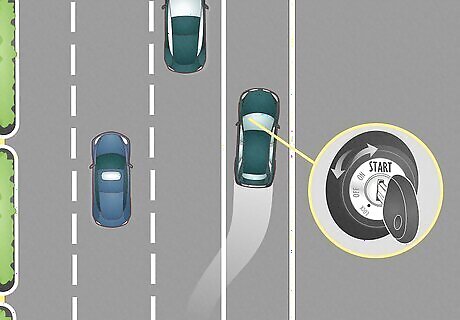
Pull your car over and restart your engine. If you’re driving when the light comes on, stop safely on the side of the road and turn off your engine. Restart the engine and watch to see if the VSA® system indicator (⚠️) reappears. If the triangle with the exclamation point disappears and doesn’t reappear when you start driving, the issue is resolved, and you can continue driving as usual.
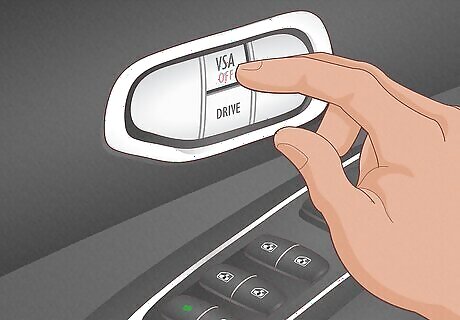
Press the VSA® button if the light stays after restarting the car. Look for the VSA® switch on your Honda—you can usually find it on the driver-side control panel. The button typically has the text VSA OFF written on it. Press and hold the VSA OFF button until you hear a beep. If the warning light disappears and doesn’t turn back on when you restart your car or resume driving, then the issue has been resolved.
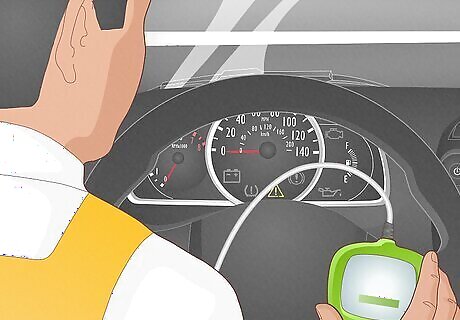
Take your car to a mechanic if the warning light doesn’t go away. If your VSA® triangle light and exclamation point remains lit or comes back on after restarting the engine and depressing the VSA OFF button, your car needs to be examined by an auto specialist. Take your car to your local mechanic or a Honda dealer to have them fix the issue.
Is it safe to drive when the yellow warning light is on?
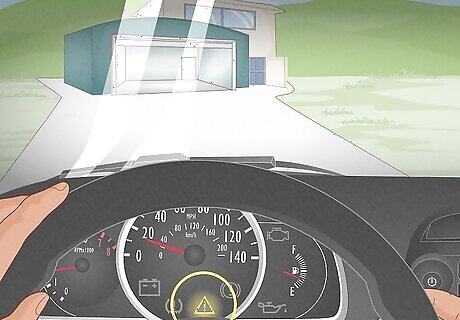
It is safe to drive for short distances with a yellow warning light. Orange or yellow warning lights typically mean that your car must be serviced or repaired soon, but they rarely present an urgent issue. If you don’t notice anything else wrong with your car, drive with caution and take your vehicle to be serviced within a week of the light appearing.
Common Honda Warning Symbols & Meanings
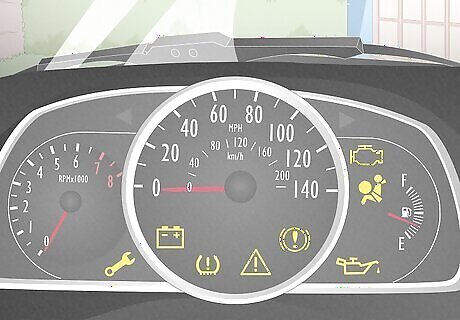
Honda vehicles have up to 40 dashboard lights with different meanings. When a dashboard light comes on in your Honda, observe the light’s color first. Red lights indicate that something needs serious attention, yellow lights advise caution, and green lights usually don’t require any special attention. Look for the specific meaning of common Honda dashboard lights below: Braking System Failure: Looks like a double circle with an exclamation point inside. Indicates potential failure in your braking system—pull over and call roadside assistance. Low Oil Pressure: Looks like an oil canister. Indicates that you need to check your oil level and refill your oil tank as soon as possible. Charging System: Looks like a square battery with positive and negative nodes. Indicates a charging system failure—find a safe place to park and jumpstart your battery. Supplemental Restraint System: Looks like a seated passenger with a circle on their lap. Indicates a problem with the airbags in your car, meaning they may not deploy in a crash. Check Engine Light: Looks like the outline of an engine. Indicates an engine emission—bring your car in for servicing. Tire Pressure Monitoring System: Looks like an open circle with an exclamation point. Indicates low tire pressure—put air in your tires as soon as possible. Maintenance Minder: Looks like a wrench. Indicates that it’s time for your routine vehicle maintenance.




















Comments
0 comment